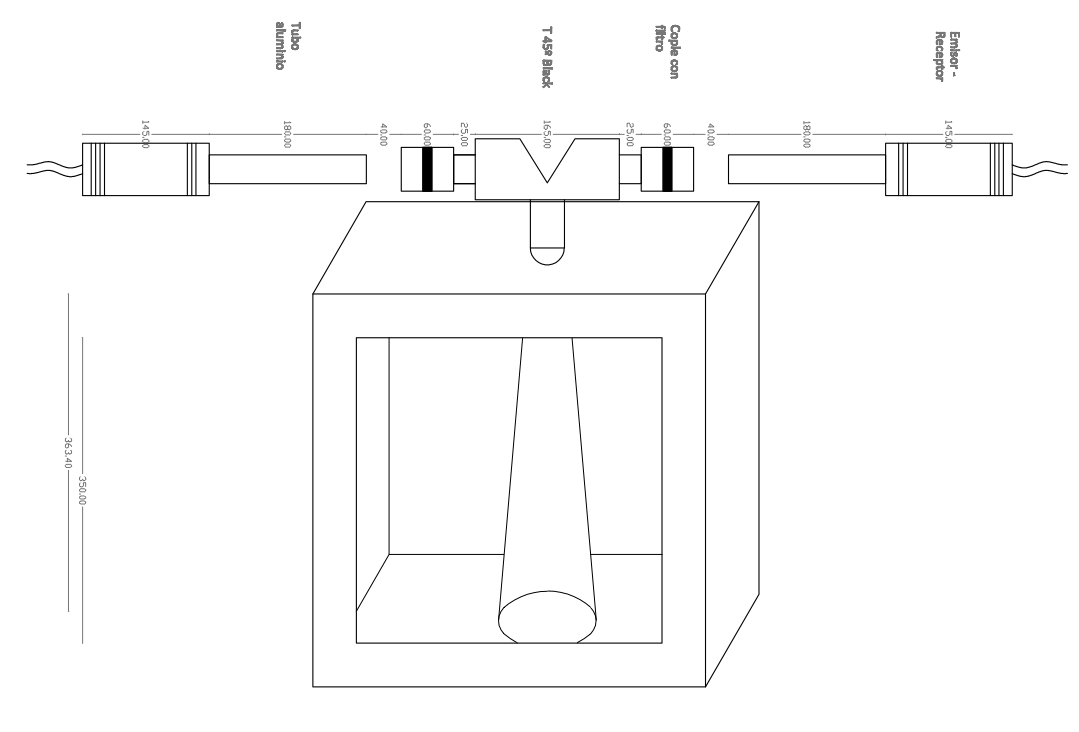Team:UT-Tokyo
From 2011.igem.org
m |
|||
| Line 6: | Line 6: | ||
If you would like to get in touch with us, please contact us by [mailto:info@igem-ut.net email] or on [http://twitter.com/UT_Tokyo twitter (@UT_Tokyo)]. | If you would like to get in touch with us, please contact us by [mailto:info@igem-ut.net email] or on [http://twitter.com/UT_Tokyo twitter (@UT_Tokyo)]. | ||
| - | =Project Overview (as of 2011/ | + | =Project Overview (as of 2011/09/02)= |
[[File:Overview.png|right]] | [[File:Overview.png|right]] | ||
Revision as of 03:26, 27 September 2011
Team:UT-Tokyo

iGEM UT-Tokyo
Welcome to iGEM UT-Tokyo
Welcome to the UT-Tokyo team's wiki for iGEM 2011. This site will be updated as we progress through our project.
If you would like to get in touch with us, please contact us by email or on [http://twitter.com/UT_Tokyo twitter (@UT_Tokyo)].
Project Overview (as of 2011/09/02)
Bio-systems as a means for environmental remediation have been extensively investigated. However, these devices have often been limited by the requirement of a high cell density at the target site in order to achieve higher efficiencies.
To overcome this, we devise an inducible self-assembling system in Escherichia coli utilizing L-aspartate (L-Asp)chemotaxis.
Our system consists of two cell types: “guiders” and “workers”. When exposed to a signal, the former discharge and generate a signal-centered spatial L-Asp gradient, and the latter lose motility by repression of a flagellum-regulating gene (cheZ).These cells remain at the source of the signal and cannot escape.
Using E. coli-derived stress-sensitive promoters cloned de novo, we provide evidence that our system enables auto-assembly and localization after exposure to ultraviolet radiation.
Since the input can be varied to other inducible promoters, we anticipate that our system to greatly enhance the potential of engineered cellular machineries.
Safety proposals
Our answers to the safety questions can be found here.
 "
"






